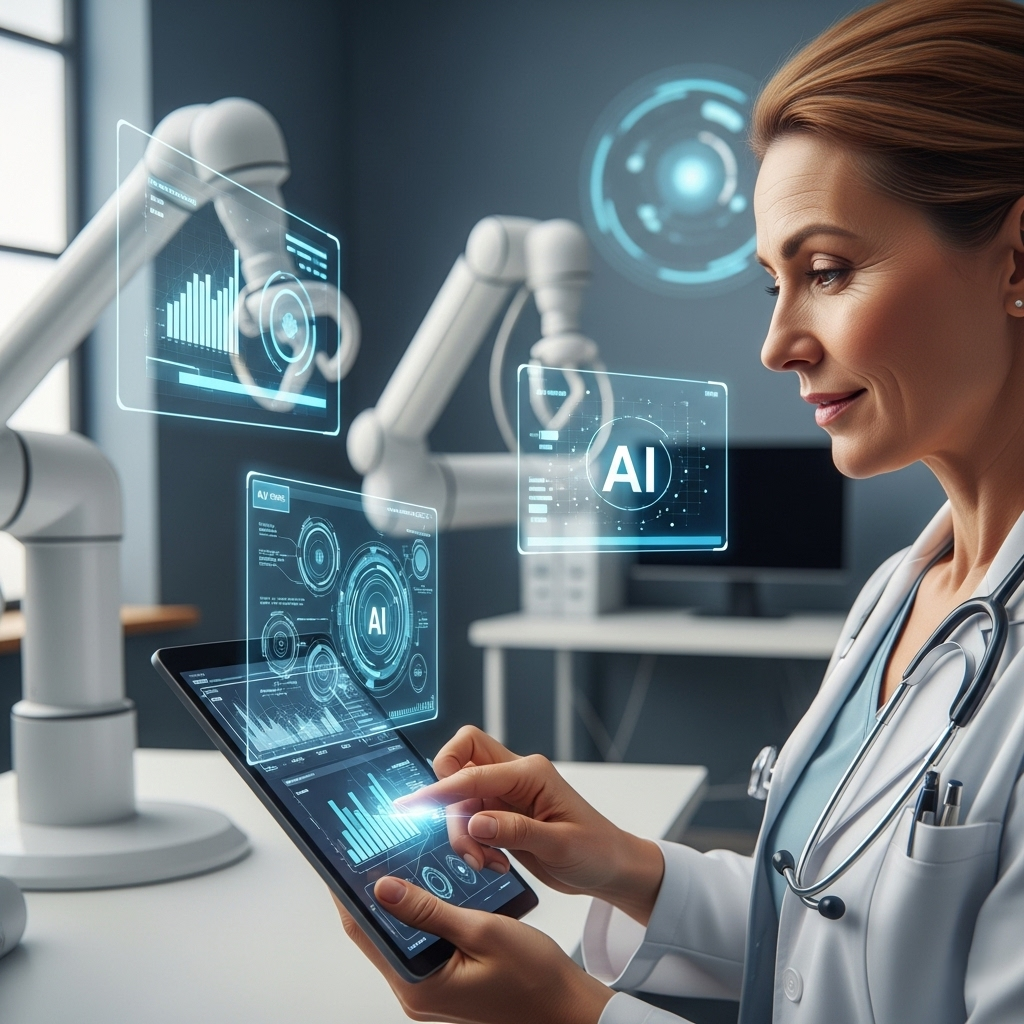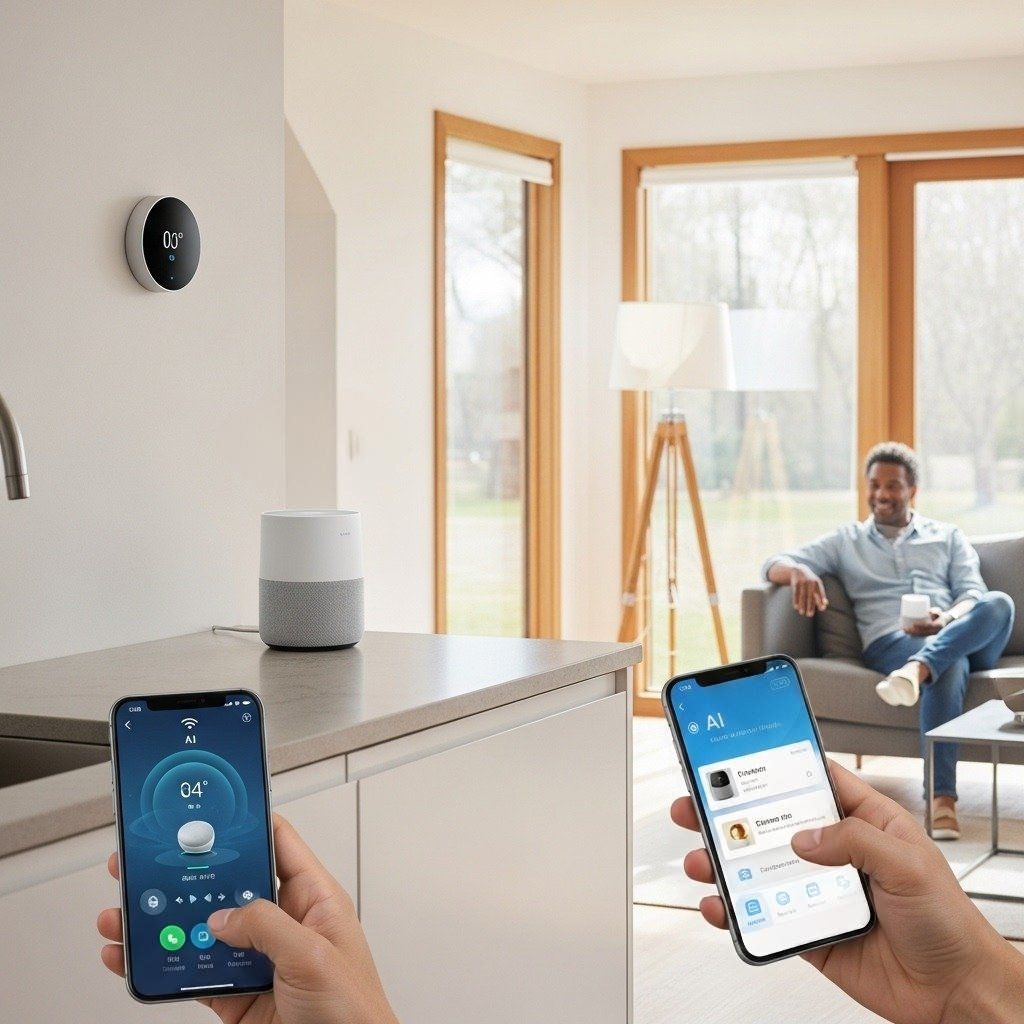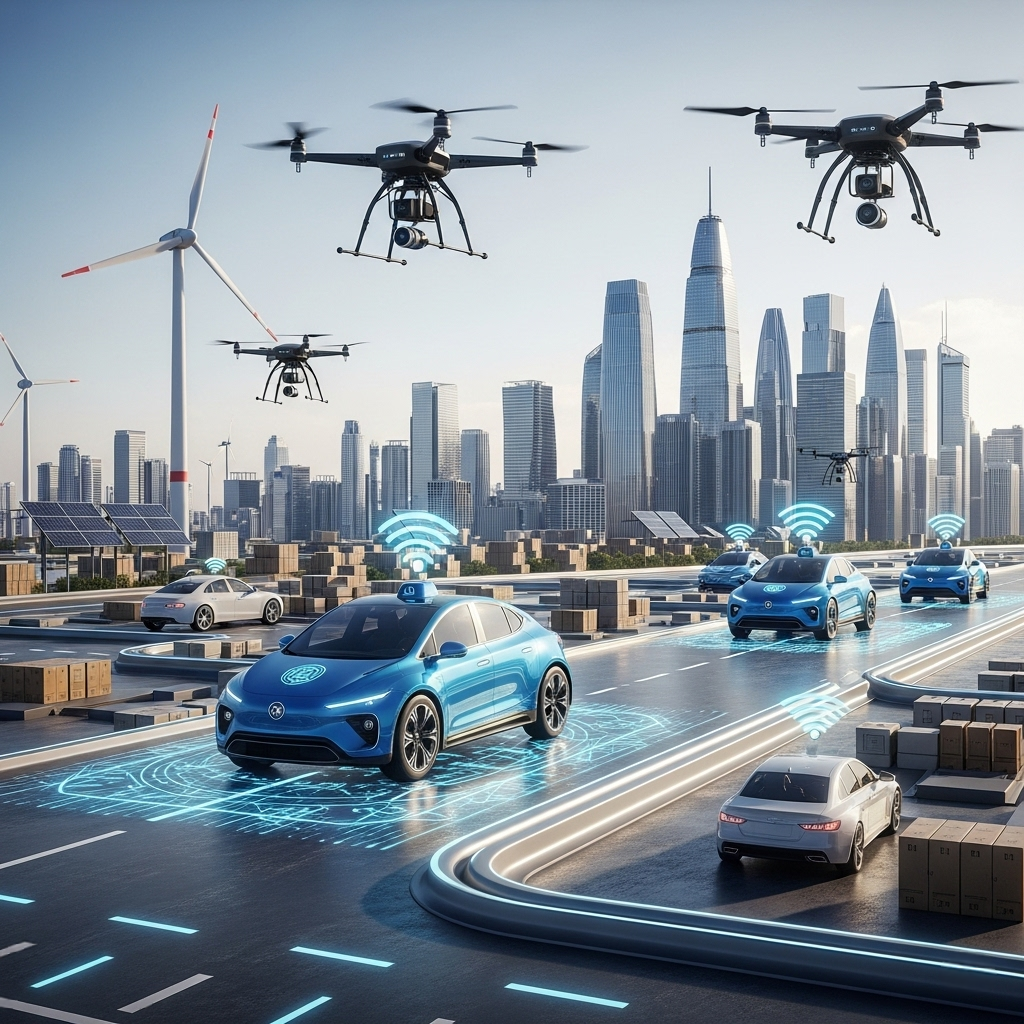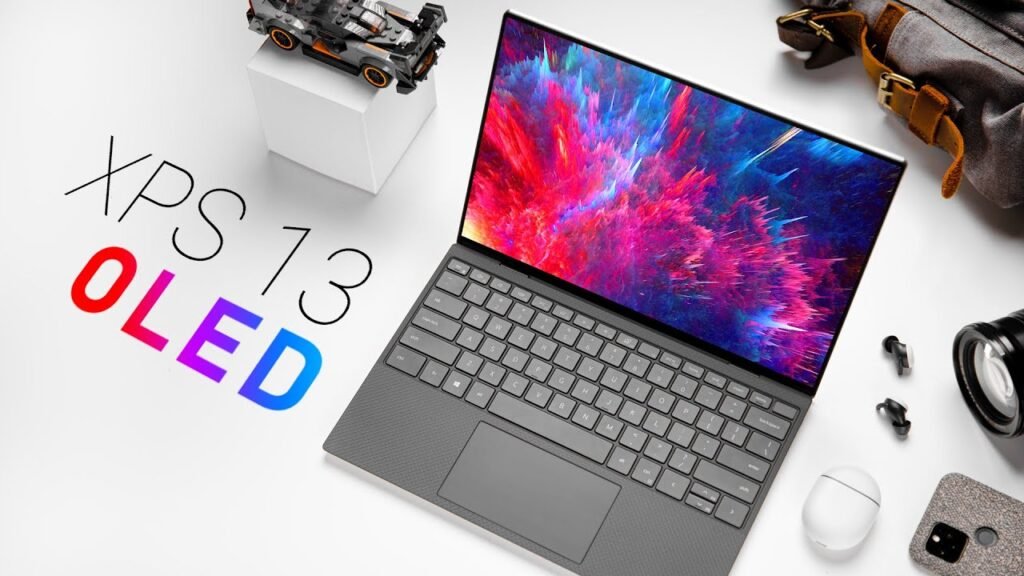Artificial intelligence is no longer confined to research labs, science fiction novels, or specific industries. Today, the future of AI is a constant, often invisible presence in homes, cars, including autonomous vehicles, and the devices we use to communicate.
For example, AI voice assistants predict what you meant to say, and email clients flag urgent messages with uncanny accuracy. Consequently, it is hard to imagine a time before machines, powered by machine learning, learned how to “think” alongside us. As a result, the normalization of AI tech is now a defining feature of modern life.
However, most experts agree we are only scratching the surface. The future of AI is set to be transformative, especially as upcoming tech trends and artificial intelligence predictions point to deeper integration of AI in technology.
Because several waves of improvement—more powerful algorithms, richer data, and new hardware—are poised to reshape how AI blends into daily life, predictions abound. Yet, certain trends in deep learning and the generative AI impact are beginning to crystallize. Therefore, let’s take a close look at how artificial intelligence might redefine everyday technology in the next five years.
The Future of AI in Smarter Devices: Personalized and Intuitive
In the next few years, AI in everyday tech will become much more intelligent and context-aware. For instance, the smart speaker in your kitchen might not just play music and answer questions.
Instead, it could adapt to your routines, prioritize news when you brew coffee, and offer reminders as you gather your car keys. Because edge AI devices will process data locally, privacy will improve and latency will decrease.
Currently, most consumer AI is task-specific. A thermostat adjusts the temperature, while your phone organizes photos. Soon, devices will coordinate in real time. They will use a unified understanding of your preferences and habits.
As AIoT future integration and AI and IoT convergence advance, your wearable, phone, car, and home will “talk” to each other. This will optimize your daily workflow automatically.
Moreover, anticipated improvements include:
- Seamless inter-device communication: AI agent ecosystems and multi-agent AI systems will enable devices to collaborate and optimize your day.
- Greater personalization: AI-driven personalization will adjust to your mood, preferences, and calendar. You will receive playlists, meal suggestions, or optimized exercise routines before you even ask.
- Contextual learning: AI will interpret not just what you say, but also when and where. This will provide better recommendations and anticipate your needs throughout the day.
The Future of AI in Voice and Vision: Processing the World Like We Do
Recently, advances in language models and computer vision have shifted how AI understands and interacts with us. Because conversational AI growth continues, voice assistants will soon hold nuanced conversations.
Enhanced computer vision will allow cameras to recognize faces, gestures, and emotions with subtlety.
Although challenges like accent recognition, contextual ambiguity, and privacy remain, the next 5 years AI trends promise solutions. For example:
- Voice assistants that remember context: Conversations with your devices will feel less transactional and more natural, as if you are talking to a knowledgeable friend.
- Enhanced computer vision: Phone cameras and home security systems will recognize pets, family, and even subtle changes in the environment. You will receive alerts only when it matters.
- Multimodal AI: Systems will integrate inputs from audio, images, text, and biometrics. This will help AI interpret intention and respond more intelligently.
- Semantic search AI: AI will understand the intent behind your queries, delivering more relevant results.
| Current Capabilities | Expected in 5 Years |
|---|---|
| Keyword-based voice commands | Conversational, context-aware dialogue |
| Object detection in images | Detailed scene understanding, emotion recognition |
| Separate apps for each function | Unified AI handling multiple tasks seamlessly |
The Future of AI in Healthcare and Wellness: From Reactive to Proactive
The integration of artificial intelligence in healthcare will dramatically alter both diagnostics and everyday care.
Because AI-powered automation, smart devices, and personalized patient portals already exist, the coming years will transform this landscape even further. AI in healthcare future applications will lead the way.
Furthermore, AI models trained on global datasets are anticipated to revolutionize healthcare and education. For example:
- Continuous biometric monitoring: AI-driven analytics will catch issues before symptoms occur.
- Tailored wellness plans: AI will suggest personalized plans, tracking minute changes in sleep, diet, and activity.
- Smarter telemedicine: AI in education 5 years from now will enable adaptive learning platforms. At the same time, AI in healthcare will connect patients to specialists or triage cases through accurate symptom analysis.
- AI in environmental monitoring: AI will track environmental factors affecting health, supporting public health initiatives.
For caregivers and providers, decision-making tools enhanced by deep learning will pull in massive amounts of data. This includes genetic info, medical history, and lifestyle factors. As a result, interventions will become more precise, effective, and timely.
The Future of AI in Work and Productivity: From Automation to Collaboration
Rather than replacing workers, artificial intelligence will become a collaborative partner. It will automate time-consuming tasks and surface insights.
Because email, document summarization, scheduling, and even coding are already easier with smart assistants, AI in coding tools and AI in content creation will further empower professionals.
Additionally, advances in AI-driven productivity tools will manifest in several key ways. For instance:
- Automatic summarization: Meeting notes, contracts, and reports will be distilled instantly. Professionals can focus on what matters most.
- Context-aware scheduling: AI will resolve calendar conflicts, suggest optimal meeting times, and prep you for upcoming discussions.
- Real-time language translation and communication: Global teams will collaborate seamlessly as AI bridges language gaps in video calls, documents, and chats.
- AI workforce impact: Job automation AI will change the nature of work. However, it will also create opportunities for AI workforce augmentation, AI job creation, and AI job transformation.
- AI reskilling needs: As roles evolve, reskilling will be essential to keep pace with AI-driven change.
Thus, the emphasis will shift from mere automation—removing redundant work—to true augmentation. AI will help people excel in creative, analytical, and interpersonal domains.
The Future of AI in Security and Privacy: Trust Through Transparency
As reliance on AI grows, tough questions about privacy, data protection, and bias arise. Because these systems are integrated across various industries, trust in AI systems will become a top priority.
Over the next five years, new frameworks, tools, and standards will emerge as companies and consumers demand more transparency.
Consequently, expect to see:
- User controls front and center: Devices will give people clearer, more granular options to review, manage, and delete data collected by AI systems.
- Edge processing: Many tasks will be handled locally on devices instead of in the cloud. This will reduce risk and latency.
- Bias detection and correction: As decision-making becomes more automated, algorithms will be scrutinized for fairness and inclusiveness. This is especially important within financial, legal, and hiring technologies.
- AI regulation frameworks: The European AI Act and the US AI executive order are setting global standards for AI risk mitigation, AI transparency standards, and AI bias reduction.
- AI data use ethics and AI privacy concerns: Ethical AI development and robust AI security protocols will be essential to maintain public trust.
Therefore, companies unable to guarantee privacy or root out hidden prejudice in their algorithms will lose ground quickly. Users will migrate toward more responsible offerings.
The Future of AI in Transportation: Safer, Smarter, and Greener
Self-driving technology, including autonomous vehicles AI, grabs headlines. However, that is just one facet of an AI-powered transformation in transportation.
Over the next five years, the entire experience—owning, sharing, and using vehicles—will become more connected and anticipatory.
Key developments on the horizon include:
- AI-optimized logistics: Rideshare, public transportation, and last-mile delivery industries will reduce wait times and emissions by dynamically adjusting routes and matching supply to demand.
- Driver assistance evolution: Even before cars become fully autonomous, systems are increasingly employing machine learning, deep learning, and smart safety technologies. These will predict and avoid hazards, support navigation, and manage traffic congestion.
- Personalized mobility: Rental cars, trains, and buses will anticipate preferred routes, entertainment, and comfort settings for each traveler.
- AI in drones and AI in wearables: These technologies will further enhance transportation safety and efficiency.
- AI in supply chains: Predictive analytics will streamline logistics and inventory management.
Thus, these advancements promise not only convenience but also meaningful improvements in safety and sustainability.
The Future of AI in Entertainment: Tailored Experiences on Demand
Whenever you open a video, song, podcast, or book, the invisible influence of artificial intelligence guides much of what you see next. In the coming years, AI will go from suggesting content to helping create it.
Generative AI tasks and AI text generation will enable real-time content creation and personalization.
Moreover, content will be generated, edited, and personalized in real time. Some creative teams already use AI for brainstorming, editing, and production. Fans might even use smart tools to remix media or tailor endings to their tastes.
Therefore, anticipate entertainment that:
- Mirrors your tastes with uncanny precision.
- Evolves in response to your input, mood, or choices.
- Blurs the line between creator and consumer, as audiences become co-authors, solo or as part of communities.
- AI in AR/VR, AI in the metaverse, and AI in gaming will redefine immersive experiences.

The Future of AI in Shopping, Finance, and Everyday Decisions
AI’s impact on commerce and daily choices will be impossible to miss. From fully “autonomous” stores to next-level chatbots that answer nuanced questions, shopping will become frictionless and far more personal.
AI in marketing, AI in e-commerce, and AI-driven analytics will transform how businesses engage with customers.
Financial guidance and investment will benefit as well. Robo-advisors, once limited to basic asset allocation, will offer detailed, proactive advice. Fraud detection will tighten, with AI catching subtle patterns in real time.
Here’s what’s coming:
- Hyper-personalized recommendations: Expect suggestions tuned to spending history, mood, current needs, and even plans for later in the week.
- AI-driven budgeting: Smart apps will analyze habits, flag risks, and coach users toward long-term savings goals.
- Natural language commerce: Conversation will replace forms and menus, as virtual agents process requests and transactions in plain English.
- AI in finance predictions: AI will drive smarter investments, risk management, and compliance.
- AI in legal industry: AI will streamline contract analysis, case research, and compliance monitoring.
The Future of AI in Manufacturing, Agriculture, and Infrastructure
AI in manufacturing is leveraging machine learning and AI predictive maintenance and AI in supply chains for greater efficiency.
In agriculture, AI in agriculture is optimizing crop yields and resource management. AI in smart homes and AI in smart cities are enhancing quality of life, while AI in climate tech and AI in environmental monitoring are supporting environmental sustainability.
Additionally:
- AI model efficiency and optimization: AI model optimization and AI edge computing will make industrial AI more sustainable.
- AI cloud integration and AI dev-ops growth: These trends will accelerate deployment and scaling of AI solutions.
- AI supercomputing future and GPU demand AI: The need for high-performance computing will drive investment in AI infrastructure and data center growth.
- AI startup boom and AI startup funding: The ecosystem is thriving, with new entrants driving AI tech innovations and research breakthroughs.
Related Internal Links (Reads You May Like):
- Affiliate Marketing: The Ultimate Guide in 2025 [Expert Insights + Proven Tips]
- Start Dropshipping with No Money: A Beginner’s Guide
- Chrome Extensions for Workflow: Boost Productivity
- Top 10 AI Image Generators for Beginners (Free & Paid)
- 25 Costly Mistakes New Bloggers Make (And How to Avoid Them Like a Pro)
The Future of AI in Sustainability and Ethics
As AI becomes more pervasive, its environmental impact is under scrutiny. AI carbon footprint, sustainable AI models, and AI energy consumption are now key considerations for developers and enterprises. AI data center growth must be balanced with efficiency, and AI model safety is paramount.
- AI governance future: Policymakers are developing frameworks to ensure responsible AI use.
- AI ethics evolution: Ongoing dialogue around fairness, accountability, and transparency is shaping the future.
- AI existential risk and AI superintelligence timeline: Experts debate the long-term risks and opportunities of advanced AI, with AGI next 5 years a topic of intense speculation.
- AI risk mitigation: New tools and standards are emerging to address mis/disinformation threats, privacy concerns, and data use ethics.
The Future of AI in Accelerated Innovation and the Global Economy
AI’s economic impact is profound, with AI global economy projections showing trillions in value creation. AI job displacement is a concern, but so is AI job creation and transformation.
AI adoption rate is accelerating, with normalized AI tech becoming the standard across industries.
- Public opinion on AI and expert AI surveys: These shape policy and investment decisions.
- AI research breakthroughs and accelerated innovation AI: The pace of discovery is increasing, shortening AI time-to-market speed.
- AI infrastructure investment: Governments and enterprises are pouring resources into building the next generation of AI capabilities.
The Future of AI: Challenges and Opportunities
No advancement arrives without tension. Privacy, explainability, and ethical data usage, along with access to education on AI, are top concerns.
Regulators, technologists, and the public each have roles to play in setting parameters for the responsible development of artificial intelligence. AI legislation trends are evolving rapidly to keep pace with innovation.
There is also the question of access. Just as not everyone benefited equally from prior tech shifts, the spread of AI-powered tools risks leaving some behind.
To truly fulfill its promise, innovation will need to increase inclusiveness, both in who builds these systems and who they serve.
However, the rewards are immense. More intuitive technology, healthier lives, smoother travel, creative empowerment, and safer communities are all within reach.
Those willing to learn, adapt, and engage thoughtfully with artificial intelligence stand to shape not only the next five years, but also the fabric of daily life for decades to come.
External links:
- Artificial Intelligence and the Future of Teaching and Learning (U.S. Department of Education, PDF)
- As AI Spreads, Experts Predict the Best and Worst Changes in Digital Life by 2035 (Pew Research Center)
- The blended future of automation and AI: Examining some long-term impacts (ScienceDirect)
- The Future of AI: How Artificial Intelligence Will Change the World (Built In)
- AI Index | Stanford HAI



